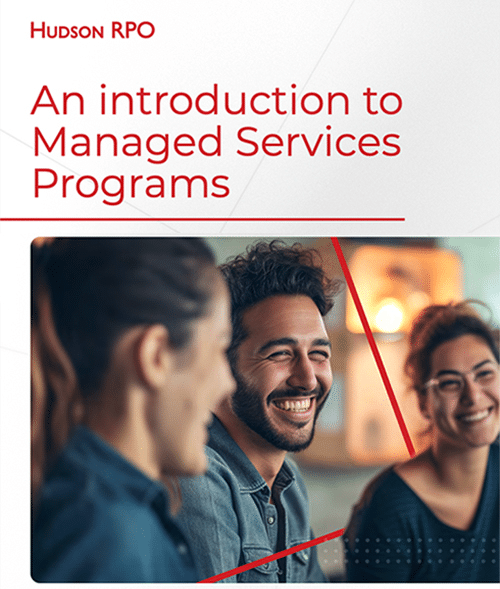- Blogs & Articles
Embracing pay transparency: Four benefits for employers and employees
Pay transparency has emerged as a key topic for employers, with an increasing number of states and municipalities implementing pay transparency laws. Overall, more than a quarter of the US population currently resides in states or municipalities with pay transparency laws. These regulations have far-reaching implications for both employers and employees, influencing recruitment strategies, company culture, and market perception. Employers, particularly those hiring remote or out-of-state candidates, must carefully consider how pay transparency laws affect their recruitment processes and ensure compliance across different jurisdictions. As part of our pay transparency series, talent expert Jeremiah Stone explores the ‘why’ of pay transparency for employers and employees.
1. Mitigating discrimination and bias
2. Enhancing recruitment and retention
3. Competitive advantage and market perception
4. Improved internal communication and trust

Hudson RPO
Content Team
The Hudson RPO Content Team is made up of experts within the Talent Acquisition industry across the Americas, EMEA and APAC regions. They provide educational and critical business insights in the form of research reports, articles, news, videos, podcasts, and more. The team ensures high-quality content that helps all readers make talent decisions with confidence.
Sign up to receive the latest recruitment insights and Hudson RPO news.





